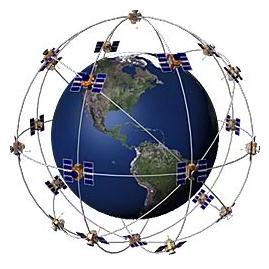
Is GIS and GPS has the same function and features? Please present me some clarifications. Thank you!
Functions and features of GIS and GPS

GIS means Geographic Information Systems where GPS stands for Global Positioning Systems. GPS is a well known system that accurately determines the precise/perfect position of something on Earth we live by simply a set of satellites orbiting the earth. On the other hand, GIS is a computer system which captures, stores, queries, analyzes, and displays geographic date or is a series of information layers that linked by location(using GPS) which can be used to manage a specific area. The GPS measures actual routes taken compared with GIS estimated travel distance and barriers encountered. Basically there is no difference between GIS and GPS measured travel distance. GIS provides estimated travel distances similar to GPS which measures actual travel distances. The GIS sometimes may not provide estimated barriers encountered accurately. But GIS is the key process by which a bunch of data can be turned into useful knowledge.
Functions and features of GIS and GPS

GIS stands for Geographic Information System and it is used to combine software, hardware, and data for managing, acquiring, displaying, and evaluating all types of geographically referenced information. It lets you to understand, interpret, view, visualize, and question data in different ways in the form of globes, maps, charts, and reports that will show the trend, relationship, and pattern. It is being used by thousands of organizations especially in the government to solve problems in different areas.
Below is an example of GIS that maps the earthquake shaking hazards in the United States which they used in creating and updating their building codes.

GPS stands for Global Positioning System and is a satellite-based navigation system which consists of a network of 24 satellites that were placed into orbit by the United States Department of Defense. Its main purpose before was for military applications but was later made available to public during the 1980s. It works anywhere in the world and in any weather condition available 24 hours a day and the best part is that you don’t need to pay any subscription fees to use it. The 24 satellites that make the GPS space segment are orbiting 12,000 miles above the earth. The first GPS satellite was launched in 1978 and the complete constellation of 24 satellites was completed in 1994. Each satellite is meant to last for about 10 years and they are constantly building replacements and launching them into orbit.
















